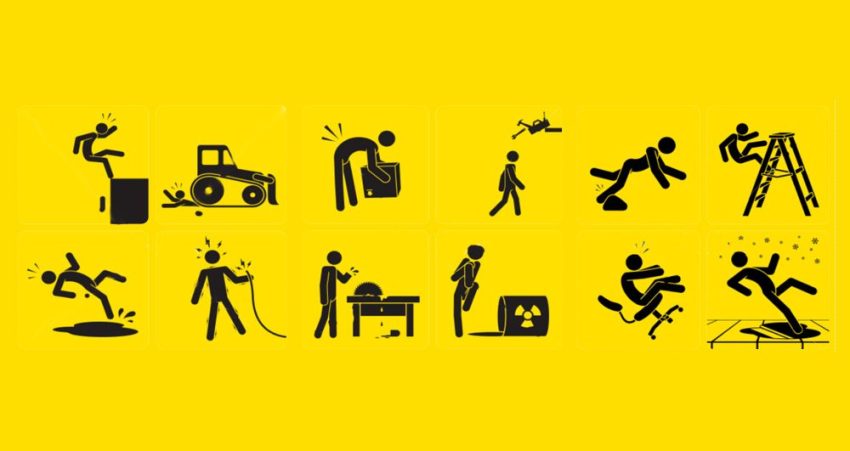Workplace hazards are a common occurrence in many industries, and it’s important for both employers and employees to be aware of these potential dangers and take steps to avoid them. By recognizing and addressing these hazards, you can help keep your workplace safe and prevent accidents and injuries. Here are five examples of common workplace hazards and how to avoid them:
- Slip, trip, and fall hazards: These hazards can occur in any workplace, but they are particularly common in environments where floors are wet or cluttered. To avoid these hazards, make sure to keep your work area clean and free of debris, and use caution when walking on wet or slippery surfaces.
- Manual handling injuries: These types of injuries often occur when employees are required to lift, carry, or move heavy objects. To avoid these hazards, make sure to use proper lifting techniques and ask for help if an object is too heavy for you to handle on your own.
- Repetitive strain injuries: These injuries can occur when employees are required to perform the same movement over and over again, such as typing on a keyboard or using a mouse. To avoid these hazards, take regular breaks to stretch and rest your muscles, and use ergonomic equipment to help reduce the strain on your body.
- Chemical hazards: Many workplaces use chemicals, such as cleaning agents and industrial solvents, which can be hazardous if not handled properly. To avoid these hazards, make sure to read and follow the safety instructions provided with the chemicals, and always wear appropriate protective gear when handling them.
- Electrical hazards: Electricity is a necessary part of many workplaces, but it can also be dangerous if not handled properly. To avoid electrical hazards, make sure to use electrical equipment according to the manufacturer’s instructions, and never use equipment that has frayed cords or other visible damage.
One of the most common workplace hazards examples is slip, trip, and fall hazards. These hazards can occur in any workplace, but they are particularly common in environments where floors are wet or cluttered. To avoid these hazards, it’s important to keep your work area clean and free of debris, and to use caution when walking on wet or slippery surfaces. Another example of a common workplace hazard is manual handling injuries, which often occur when employees are required to lift, carry, or move heavy objects. To avoid these hazards, make sure to use proper lifting techniques and ask for help if an object is too heavy for you to handle on your own. By recognizing and addressing these common workplace hazards, you can help keep your workplace safe and prevent accidents and injuries.
In addition to the hazards mentioned above, there are many other examples of common workplace hazards that can pose a risk to employees. For instance, working with machinery can be hazardous if the equipment is not properly maintained or if employees are not properly trained in its use. Noise-induced hearing loss is also a common hazard, especially in industries such as manufacturing and construction where loud noises are common. And, exposure to extreme temperatures can also be a hazard, especially for workers who spend a lot of time outdoors in hot or cold weather. By identifying these hazards and taking appropriate measures to prevent them, employers can help keep their workers safe and avoid accidents and injuries.
In addition to the physical hazards discussed above, there are also many psychological hazards that can affect workers in the workplace. For example, stress and burnout are common among workers who are overworked or who have demanding or high-pressure jobs. Poor communication and lack of support from managers can also lead to feelings of isolation and job dissatisfaction. And, working in a hostile or toxic workplace can take a serious toll on an employee’s mental health. By addressing these psychological hazards and creating a supportive and healthy work environment, employers can help prevent burnout and promote overall well-being among their employees.
By being aware of these common workplace hazards and taking steps to avoid them, you can help keep your workplace safe and prevent accidents and injuries. Remember to always follow safety procedures, use protective gear when necessary, and ask for help if you are unsure of how to handle a potentially hazardous situation.
